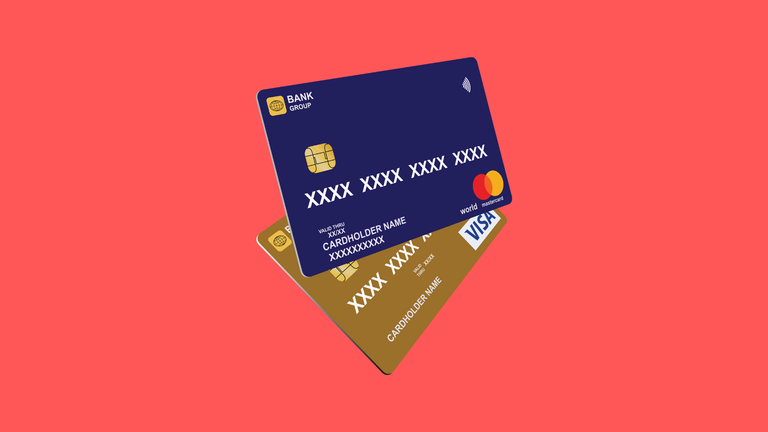Stablecoin payments: How Visa plans to revolutionize crypto transactions and Mastercard’s Web3 solution to curb bad actors
Visa and Mastercard's Stablecoin and Web3 Solutions: How They're Transforming Crypto Transactions and Combatting Bad Actors.
A fiat currency or a collection of assets, such as the US dollar or gold, is used to back stablecoins, which are digital currencies that have a constant value. Without the unpredictability and danger of price movements, they seek to deliver the benefits of cryptocurrencies, such as speedy, inexpensive and borderless transactions.

Image by Irina Koval from Pixabay
Especially for institutional investors, businesses, and consumers who want to use crypto for payments, remittances, and savings, stablecoins have grown in popularity and adoption in recent years. According to a report by Chainalysis, the total value of stablecoin transactions increased by 800% in 2022 reaching over $1.7 trillion.
However, stablecoins also face some challenges and risks, such as regulatory uncertainty, compliance issues, scalability limitations, and security breaches. To address these challenges and foster more trust and innovation in the crypto ecosystem, two global payment giants Visa and Mastercard have launched new solutions that leverage stablecoins and Web3 technologies.
Visa’s ambitious crypto product
Visa is one of the world’s largest payment networks, processing over $11 trillion worth of transactions annually. The company has been actively exploring the potential of cryptocurrencies and blockchain since 2020, when it partnered with Circle to support the USD Coin (USDC), a stablecoin backed by the US dollar.
In April 2023 Visa announced a new crypto product that aims to drive mainstream adoption of public blockchain networks and stablecoin payments. The product is called the Visa Crypto Credential and it allows users to settle transactions using USDC over Ethereum, with the help of Crypto.com, a crypto platform, and Anchorage, a digital asset bank.
The Visa Crypto Credential is a unique identifier that users can obtain from their crypto wallet providers. The credential verifies that the user’s address has been vetted by Visa and complies with its standards for security, privacy, and compliance. The credential also enables the exchange of essential metadata, such as transaction amount, date, and location, to meet regulatory requirements.
By using the Visa Crypto Credential, users can benefit from faster, cheaper, and more secure transactions on public blockchains. They can also access Visa’s global network of merchants, partners, and financial institutions that accept USDC as a form of payment. Visa claims that its solution can reduce the opportunities for bad actors and the risk of funds being lost for good.
Mastercard’s Web3 user verification solution
Mastercard is another global payment leader that has been embracing cryptocurrencies and blockchain. The company has been offering crypto cards and services since 2019 and has recently announced plans to support selected cryptocurrencies directly on its network.
Mastercard’s new Web3 solution, launched in April 2023 aims to boost user verification standards and deter bad actors in the digital asset space. The solution is dubbed the Mastercard Crypto Credential and it leverages Web3 technologies to provide secure transactions between users verified according to standards set by Mastercard.
Web3, that refers to the next generation of the internet that is powered by decentralized protocols and applications. Web3 enables users to interact directly with each other without intermediaries or centralized platforms. However, Web3 also poses some challenges and risks, such as identity theft, fraud, money laundering, and terrorism financing.
To address these challenges and foster more trust and innovation in the Web3 ecosystem, Mastercard has partnered with several crypto wallet providers and public blockchain networks to implement its Crypto Credential solution. CipherTrace’s suite of services helps the solution verify addresses and comply with regulations for cross-border transactions.
The Mastercard Crypto Credential is a unique identifier that users can obtain from their crypto wallet providers. The credential verifies that the user’s address has been vetted by Mastercard and complies with its standards for security, privacy, and compliance. The credential also enables the exchange of essential metadata to meet regulatory requirements.
By using the Mastercard Crypto Credential, users can benefit from more transparent, accountable, and compliant transactions on Web3 platforms. They can also access Mastercard’s global network of merchants, partners, and financial institutions that accept cryptocurrencies as a form of payment. Mastercard claims that its solution can revoke verification for bad actors if they have been found to have engaged in nefarious activity.
Posted Using LeoFinance Beta